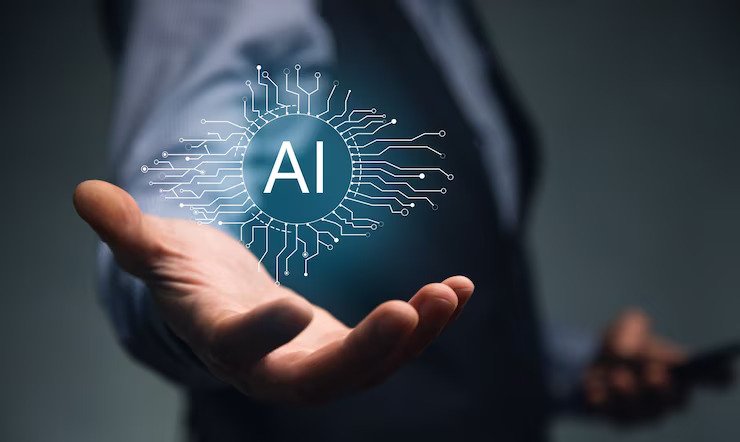
Artificial intelligence (AI) has profoundly shaped various sectors, powering innovation and introducing efficiencies that were once unthinkable. One such industry that’s seen substantial evolution due to artificial intelligence is photography. The digitization of images combined with the computational power of artificial intelligence has reshaped the landscape of this creative field, ushering in a new era of possibilities.
An AI editor leverages sophisticated machine learning algorithms to automate and enhance the photo editing process. It takes traditional editing techniques to new heights, allowing for more precision, personalization, and time-saving. This transformative application of AI for photo editing has become an essential tool in modern photographers’ and digital artists’ toolkits, effectively redefining the boundaries between art and science.
The Evolution of AI in Photo Editing[1]
The use of artificial intelligence has evolved significantly over the past few years. Its inception started with simple tasks like automatic color correction and exposure adjustment. But as AI technology advanced, it started delivering more sophisticated services, including image recognition, object removal, and even adding realistic effects to photos. As a result of this evolution, the industry has been transformed, offering tools and opportunities previously unimaginable.
Traditional methods of image editing often involve a meticulous, manual process. From adjusting contrast and brightness to retouching specific areas, each task requires a high level of skill and precision. While these methods offer granular control, they are often time-consuming.
In contrast, AI-enhanced methods significantly streamline the process. By learning from thousands of edited images, AI editors can apply complex edits across multiple photos quickly and accurately. The advanced algorithms not only improve efficiency but also offer creative possibilities beyond manual capabilities, thereby transforming the photo editing landscape.
Advantages and Challenges of Using AI
AI-driven photo editing presents a wide range of benefits:
- Accuracy: Artificial intelligence algorithms can analyze a photo and make precise adjustments based on predefined editing parameters, reducing human error.
- Time-Saving: AI can process and edit photos much faster than manual editing, significantly reducing the time spent on repetitive tasks.
- Advanced Features: Artificial intelligence has the ability to detect and remove objects, automatically enhance them, and transfer styles, which are difficult to accomplish manually.
However, using artificial intelligence also comes with a set of challenges:
- Dependence on Technology: Heavy reliance on AI for photo editing can lead to over-dependence, reducing the chance to develop and maintain manual editing skills.
- Learning Curve: Though AI tools are designed for ease of use, understanding how to effectively leverage artificial intelligence for the best outcomes can require a learning period.
- Unpredictability: As intelligent as AI may be, it can occasionally produce unexpected results, requiring human intervention for corrections.
Case Study: AI in Action
A good example of the transformative power of AI in photo editing can be found in Skylum’s Luminar Neo software. This platform employs advanced AI algorithms to automate and enhance various aspects of the process, bringing the concept of an AI editor to life.
One of the standout features of Luminar Neo is its AI-driven Relight tool. This feature enables photographers to adjust the lighting in a photo after it has been taken, providing unprecedented control over the look and feel of the image. Furthermore, Luminar Neo offers an AI Structure tool, which intelligently enhances details in images without affecting areas that should remain untouched, like sky or skin.
Luminar Neo exemplifies how artificial intelligence can not only automate but also augment the creative possibilities in photo editing, making it an indispensable tool in the digital artist’s arsenal.
Future Trends of AI in Photo Editing
The technology is continually evolving, and with it, the potential for future advancements in AI-driven photo retouching is boundless. For instance, we might see the rise of AI models that can better understand artistic intent, further personalizing and refining the workflow.
Another potential trend could be the integration of virtual reality (VR) with AI for a more immersive editing experience. Artificial intelligence could also further enhance automated retouching, making it more precise and context-aware.
Continuous innovation in AI capabilities will undoubtedly lead to further improvements. It’s not just about automating tasks but creating new possibilities for artistic expression and precision in photo editing.
Conclusion
The integration of AI in photo editing has transformed the field in ways that were once the stuff of science fiction. An AI editor not only streamlines the workflow but also brings new depths to the art of photo editing. This technology has brought about tools such as Luminar Neo that demonstrate how artificial intelligence can augment human creativity.
Read Also:






